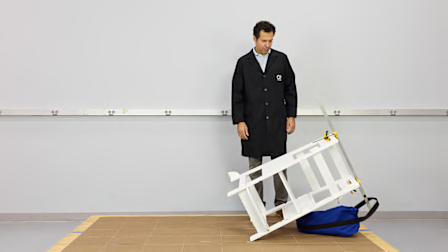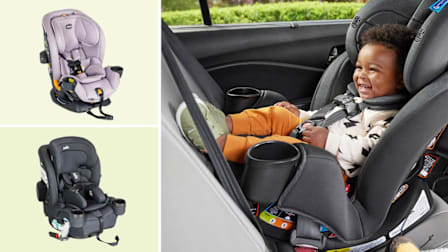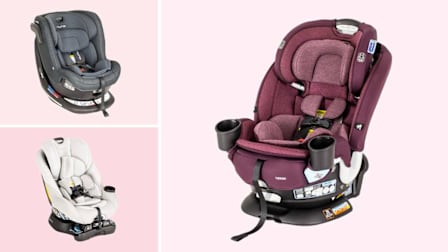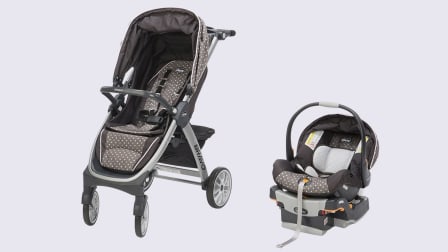TV Tip-Overs Put Children in Danger. Here's How to Keep Them Safe.
Wall-mounting your TV or securing it with approved straps can prevent injuries and deaths
With people buying ever larger TVs, the risk of a falling set could be rising, especially in households with small children.
About 18,000 people were injured every year by falling TVs, other appliances, or furniture between 2020 and 2022, according to the most recent data from the Consumer Product Safety Commission. People under age 18 suffered 44 percent of the injuries, and many of those incidents involved TVs and very young children. Back in 2023, there was even a recall of 86-inch LG freestanding TVs due to tip-over concerns.
That’s why it’s always wise to properly secure any television on a stand to a wall or a sturdy cabinet.
“Many parents are not aware how easily—and accidentally—a child climbing on furniture can create a dangerous tip-over scenario," says Karla Crosswhite, a CPSC spokesperson. “Don’t take a chance with your child’s safety. The best way to prevent a tip-over is to anchor it.”
Why TV Tip-Over Accidents Happen
The danger is greatest if a TV is sitting on a piece of furniture that also can tip over. That’s why it’s a bad idea to place a television on a dresser. Some children pull out dresser drawers and use them to climb, which can cause the dresser and TV to topple onto the child.
And today’s TVs are heavy. For example, an 85-inch 4K TV tested by CR, the Hisense 85UX, weighs 124 pounds, including the stand. LG’s 77-inch OLED TV, the LG OLED77G4WUA, weighs almost 96 pounds, including its base.
How to Prevent a TV Tip-Over at Home
TV tip-overs aren’t difficult to prevent, especially if you have basic DIY skills. Here’s what you should do.
Wall-mount the TV. A properly installed wall mount—lag-bolted to studs or a hefty crossbeam—will keep the TV secure and high enough off the floor so it can’t be grabbed by young children.
If wall-mounting isn’t feasible, secure the TV to a wall (or to the back of the stand if it’s substantial enough) using anti-tipping straps (about $7 to $20). Furniture holding the TV can also be anchored to the floor or wall using brackets, screws, or braces. If you’re using straps, secure them to a stud in the wall, not into drywall or plaster, which can give way under pressure.
Make sure the stand or furniture is sturdy and appropriate for the size and weight of the TV, and place the set as far back on the stand as you can, especially if anchoring isn’t possible. If you’re putting a new TV on your old TV’s stand, make sure that no portion of the pedestal or feet extends over the edge. If you have an older home with irregular floors, make sure the stand or cabinet isn’t wobbly (insert a shim if necessary). Consumer Reports has details on how to anchor furniture to help prevent tip-overs, but we’ve seen that many people skip this important safety step.
Avoid placing TVs on dressers and chests because children may be tempted to climb on the drawers, possibly causing the dresser or TV to topple.
Make sure that electrical cords and cables are out of a child’s reach wherever a TV is placed.
Don’t place kid-enticing items, such as a remote control or toys, on top of a TV or TV stand. That could encourage kids to climb up on unstable surfaces to reach them.
Consider recycling an older tube TV rather than moving it into a child’s room. Small, lightweight TVs can be budget-friendly. There are 32-inch models available for less than $100 in our TV ratings, and new 32-inch TVs start around $130. Remember, even small TVs should be properly secured.
For more information about properly securing TVs and furniture, go to Anchor It for step-by-step videos and guides.
How to Safely Anchor Furniture
CR's experts demonstrate how to properly install furniture anchors.

















